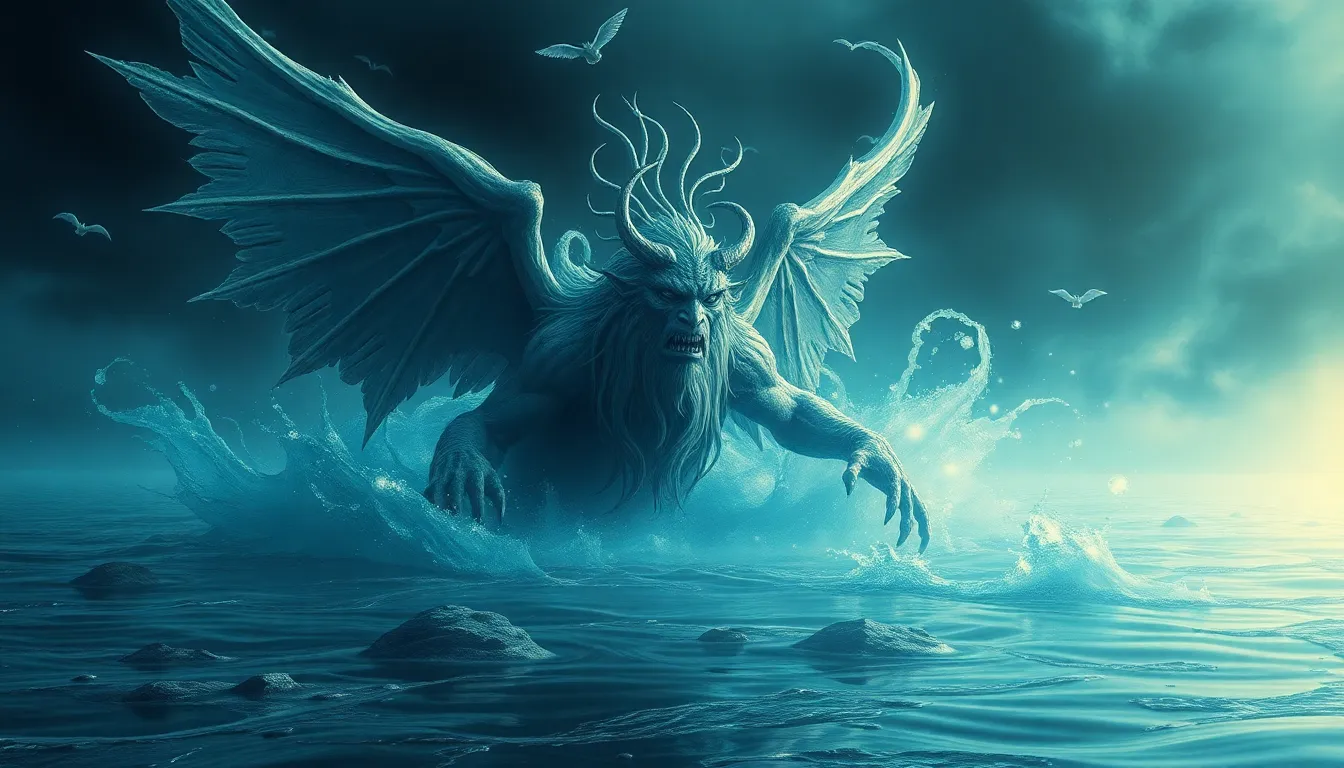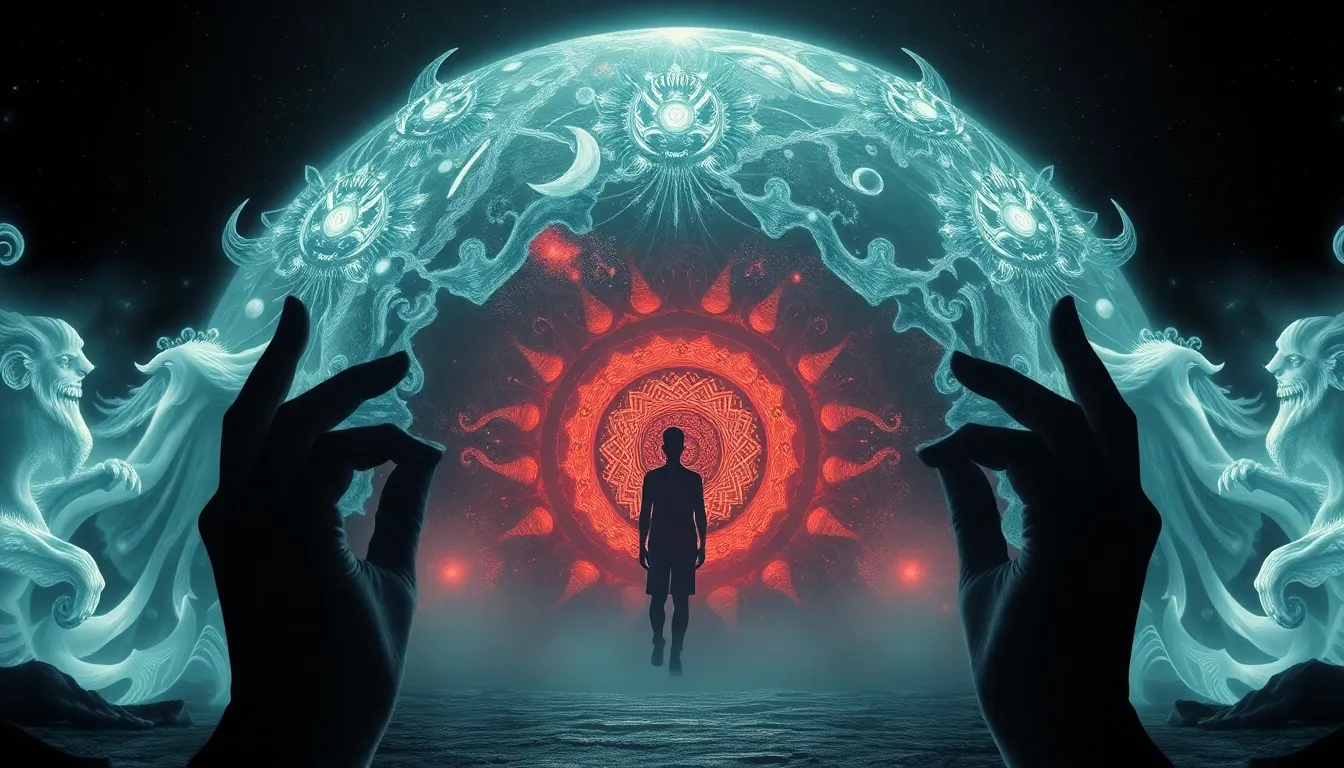The Concept of Nature and the Environment in Norse Mythology
In Norse mythology, nature plays a profound and central role in shaping the beliefs, stories, and characters within its rich tapestry of legends. Let’s delve into how the Norse viewed nature and the environment.
The Significance of Nature in Norse Mythology
Nature was revered by the Norse as an integral part of their existence. The natural world was not just a backdrop for their mythic tales but a living, breathing entity with its own spirits and cosmic forces. Every aspect of nature was seen as imbued with divine power, from the towering trees to the roaring oceans.
In Norse myth, certain powerful beings personified various elements of nature. For example, Jormungandr, the mighty serpent, represented the chaotic forces of the sea, while Yggdrasil, the World Tree, connected the nine realms of existence and served as a symbol of the cyclical nature of life and death.
The Environment as a Realm of Adventure and Awe
The Norse people inhabited a harsh and rugged landscape, where survival depended on a deep understanding and respect for the environment. This close relationship with nature is reflected in their myths, where gods and heroes embark on epic quests through desolate mountains, dense forests, and treacherous seas.
The environment in Norse mythology is not merely a backdrop but an active participant in the stories, shaping the destiny of its characters and serving as a source of both beauty and danger. The unpredictable nature of the natural world brought an element of mystery and excitement to the Norse narratives, making every journey a test of skill and courage.
Balancing Harmony and Chaos in Nature
Central to Norse mythology is the concept of balance in nature. The Norse believed in a delicate equilibrium between the forces of order and chaos, symbolized by the gods and giants respectively. This duality is reflected in the natural world, where cycles of creation and destruction mirror the eternal struggle between these opposing forces.
Thor, the thunder god, battles against the chaotic giants who seek to disrupt the order of the cosmos, while Freyja, the goddess of fertility, ensures the bountiful abundance of the land. The Norse saw themselves as guardians of this balance, tasked with preserving the harmony of nature against the forces of destruction.
Conclusion
The concept of nature and the environment in Norse mythology is a complex and multifaceted one, reflecting the deep connection between the Norse people and the natural world around them. By understanding how nature was perceived and revered in Norse myth, we gain a greater appreciation for the rich tapestry of beliefs and values that shaped this ancient civilization.
FAQ: The Concept of Nature and the Environment in Norse Mythology
What role does nature play in Norse mythology?
Nature holds significant importance in Norse mythology as the environment is seen as a reflection of the gods’ powers and influence. The elements of nature, such as trees, rivers, mountains, and wildlife, are intertwined with the myths and beliefs of the Norse people.
How do Norse myths depict the natural world?
In Norse mythology, the natural world is portrayed as a dynamic and living entity, with various elements like the World Tree (Yggdrasil), the seas, and the sky being inhabited by mythical beings and creatures. Nature is not merely a backdrop but an active participant in the stories, shaping destinies and offering insight into the Norse worldview.
What creatures in Norse mythology are associated with nature?
Various creatures in Norse mythology are closely tied to nature, such as the dragon Nidhogg that gnaws at the roots of Yggdrasil, the eagle that perches atop the World Tree, the giant serpent Jormungandr that encircles the earth, and the mystical creatures residing in different realms like the elves, dwarves, and spirits of the land and forests.
How does Norse mythology connect humans with the natural world?
Norse mythology emphasizes the interconnectedness between humans and nature, portraying humans as both stewards and beneficiaries of



